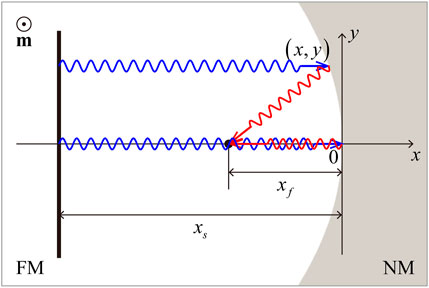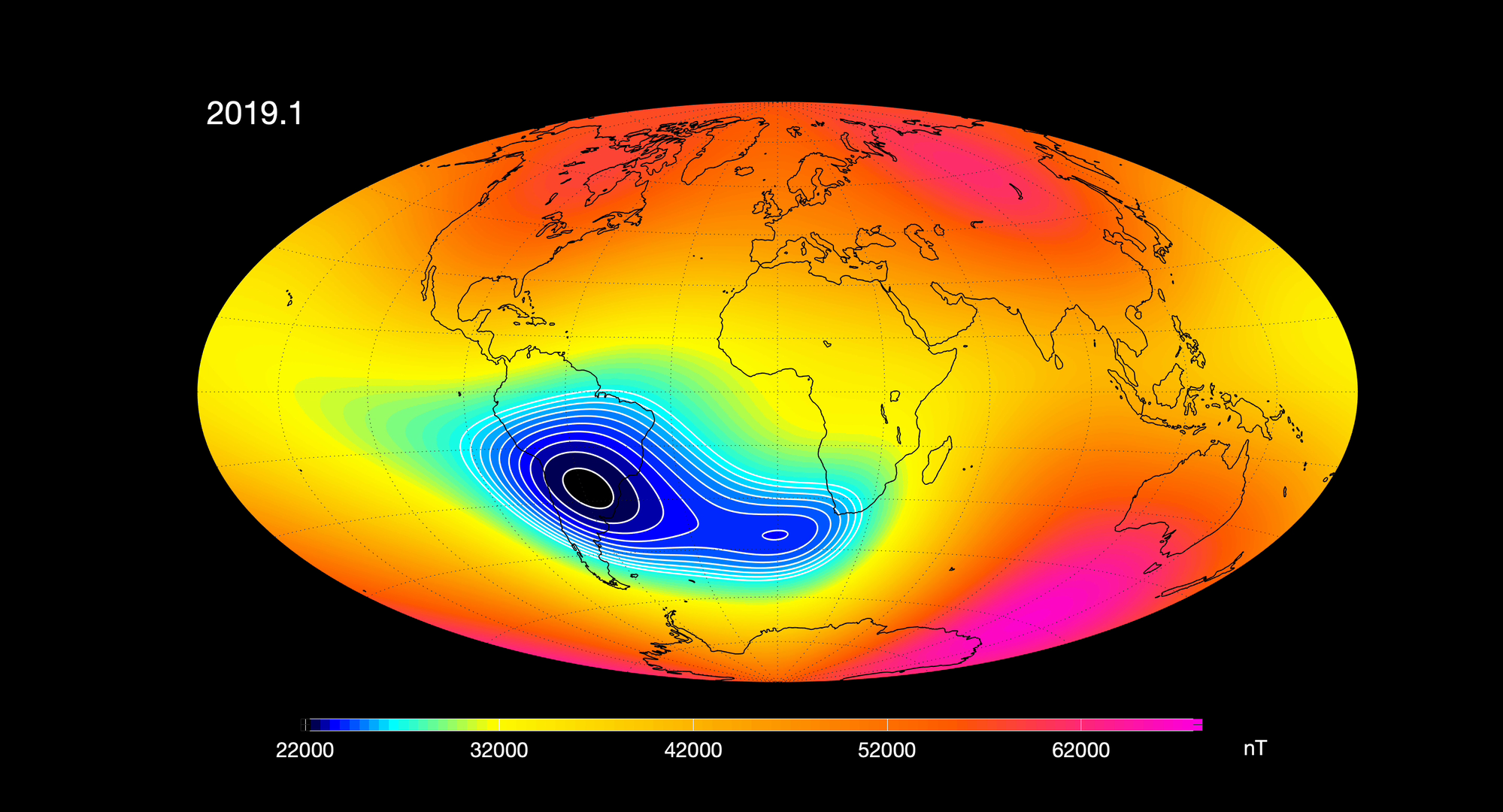

Some materials also have a remanent magnetization – a magnetization that remains after the field is switched off. For both paramagnetic and diamagnetic materials, the effect on the compass disappears when you shut off the magnetic field you’ve applied. Other minerals, like quartz, are diamagnetic: put them in a magnetic field, and the compass needle deflects away from the mineral. But as soon as you turn the magnetic field on, the compass needle begins to deflect – ever so slightly – toward the garnet. For example, if you put an iron-bearing garnet crystal inside an area with zero magnetic field, it wouldn’t attract a compass needle. A large number of Earth materials become magnetic when you put them in a magnetic field, but then revert to what most people would call “non-magnetic” when the magnetic field is turned off. There are two ways you can get a little bit of extra field from putting stuff inside the coil. In physics terms, we call the applied magnetic field, and the bit of extra field from whatever is in the coil. So we say that there is an applied magnetic field (applied by the coil to whatever is inside it) as well as a little bit of extra magnetic field due to whatever we put inside the coil.

One is the current through the coil, and the other is whatever is inside the coil (or outside it but close by). But there are two kinds of things that produce that magnetic field. We call the magnetic field that the magnetometer, and we measure it in Tesla. Why might the field inside the coil be different from what I measure with the magnetometer? This is a secret that is not addresed in the physics textbook we use in Physics II: there are two different ways of describing magnetic fields. Vernier current and magnetic field sensors are used to monitor experimental parameters. I also set up a magnetometer to measure the magnetic field just outside the coil.ĭemo setup, with yellow 72-wrap air-core coil connected to BK Precision 1730A power supply. I could send a current through the coil, producing a (weak) magnetic field at the coil’s center.

I put a bunch of different materials inside a wire coil. One way we differentiate between magnetic minerals is by their response to weak magnetic fields. In addition to forming in different environmental conditions, all of these minerals have particular quirks in their record of Earth’s magnetic field. So we need to be able to tell the kinds of magnetic minerals apart. They might contain magnetite, an iron oxide that forms in igneous and metamorphic rocks as well as in soils they might contain titanomagnetite, a common consitituent of oceanic basalt they might contain maghemite that formed as magnetite was oxidized - rusted - by weathering, or they might contain maghemite that formed in soils they might contain hematite or goethite, indicating soil formation in dryer or wetter environments… there are even rock-forming minerals like pyroxenes and micas that are magnetic to a certain extent. Rocks might have lots of different magnetic particles in them. I started explaining something in the lab meeting that I thought could use a demonstration. My students and I are preparing to go up to Bellingham on Thursday to do some work in the paleomagnetic lab up there, so we spent today’s lab meeting getting everyone acquainted with the data they are going to collect.


 0 kommentar(er)
0 kommentar(er)
